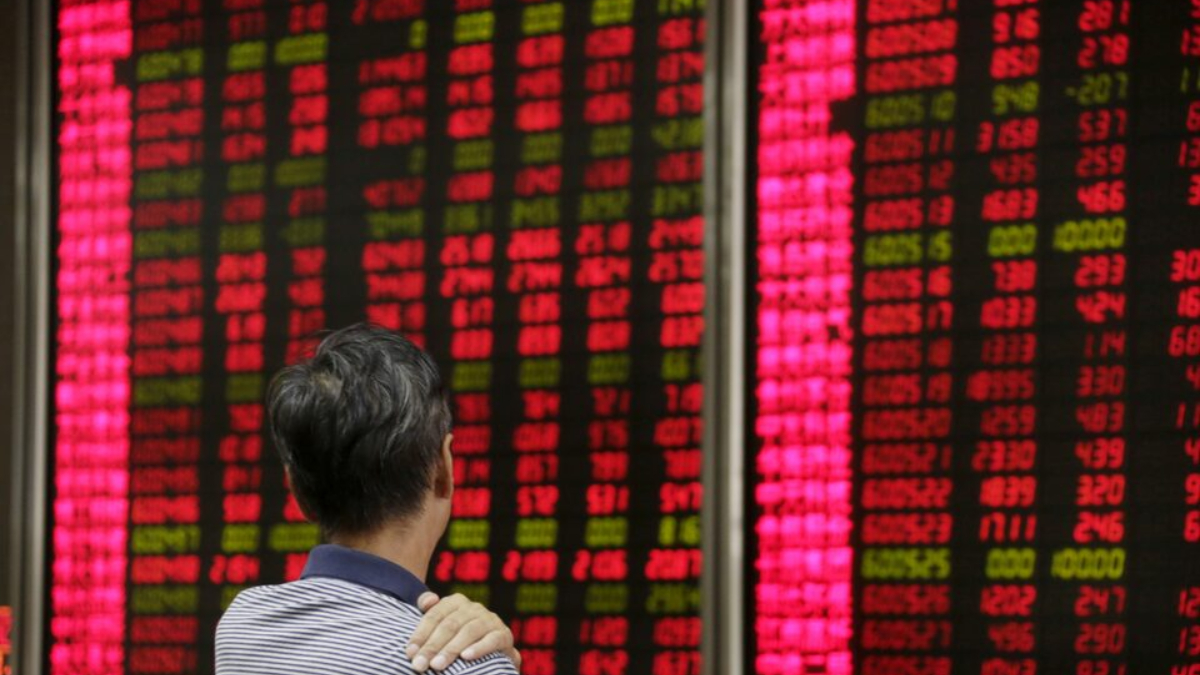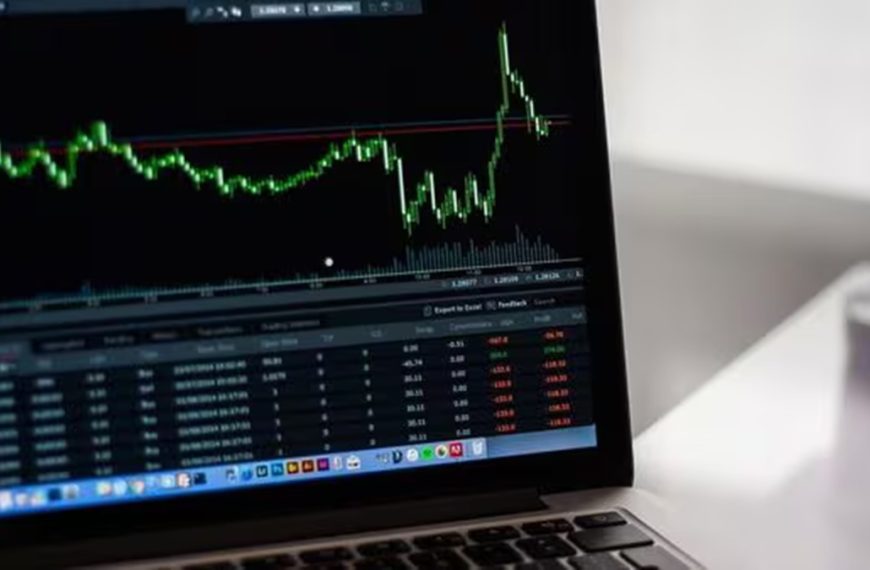The recent surge in tariffs has sent shockwaves through the global stock markets, resulting in significant losses for investors. Following China’s announcement of a hefty 34% retaliatory tariff, the financial landscape took a dramatic turn. On Monday, trading sessions across Asia witnessed major declines, with many markets experiencing severe downturns.
Market Reactions: A Deep Dive into Asia’s Stocks
The Nikkei index in Japan faced a staggering 9% drop, with bank stocks plummeting by as much as 17%. The index closed at 31,318.79, reflecting a pervasive sense of uncertainty as all 225 constituent stocks fell into negative territory.
- Nikkei Index: Closed down 9%
- Bank Stocks: Dropped by 17%
- Index Level: 31,318.79
Meanwhile, Hong Kong’s Hang Seng Index declined by 8%, and South Korean shares hit a 17-month low. This prompted a temporary halt in trading due to tariff anxieties.
South Korea’s Response to Tariff Pressures
In South Korea, the KOSPI index experienced a trading suspension shortly after opening, marking the first such occurrence since August 2024. This indicates the level of market distress triggered by ongoing tariff discussions.
To mitigate the impact, South Korea’s finance minister announced plans to implement support measures for affected sectors ahead of the 25% tariff that President Trump intends to enact on South Korean imports starting Wednesday.
Currency Shifts Amid Market Turmoil
Investors reacted swiftly, opting to sell off the U.S. dollar in favor of safer currencies such as the Japanese yen and the Swiss franc. The previous week saw a significant market crash that resulted in nearly $6 trillion in losses, raising alarms about a potential global recession, especially within the United States.
- Australian Dollar: Fell by 0.73% to $0.6001
- New Zealand Dollar: Dropped 0.75% to $0.5554
Conclusion: Navigating Uncertain Waters
As global markets grapple with the repercussions of heightened tariffs and trade tensions, investors are left to navigate an increasingly complex financial environment. The ongoing situation demands close attention, as the ramifications of these tariffs could influence market stability and economic growth for months to come.
By staying informed and adapting strategies, stakeholders can better position themselves in this unpredictable landscape.











